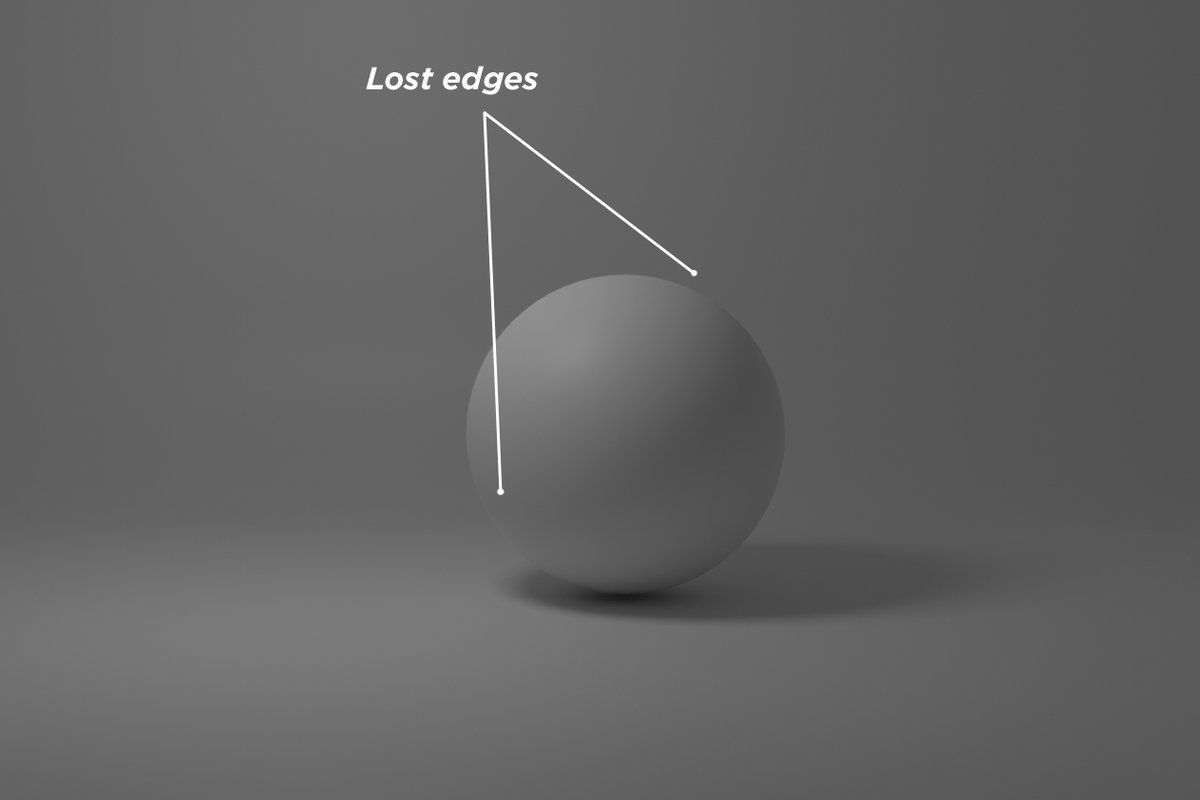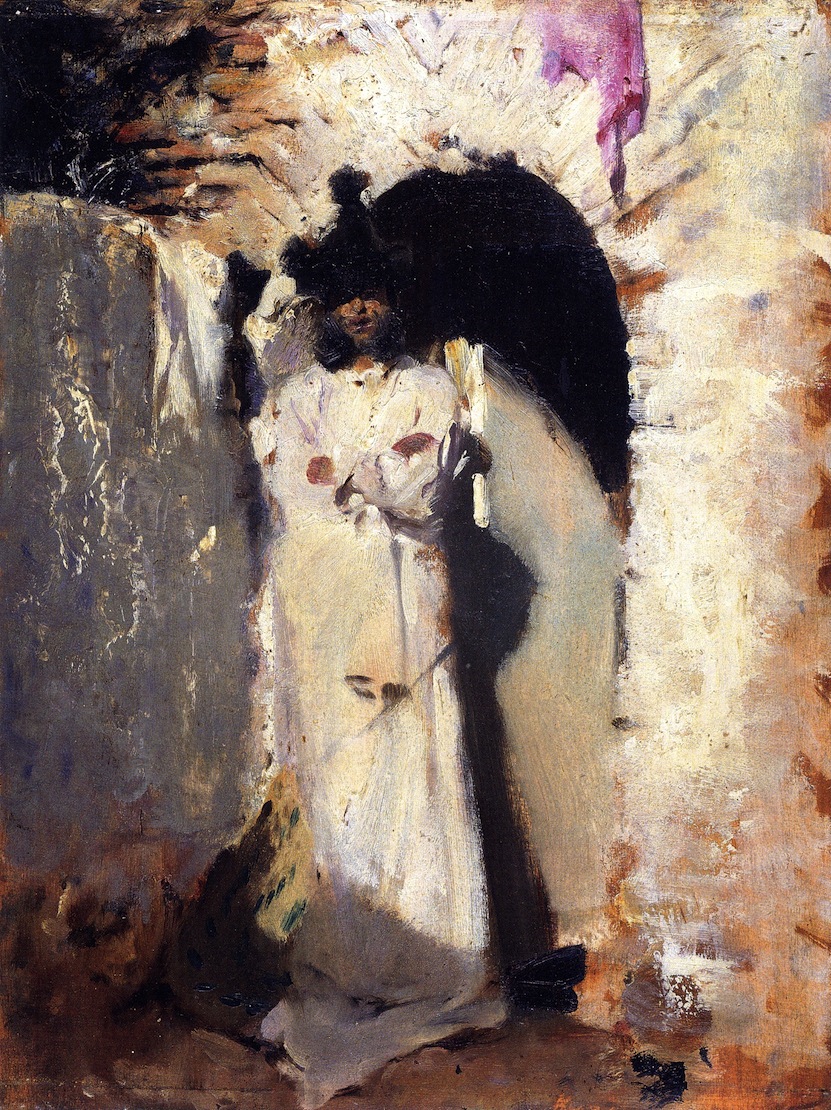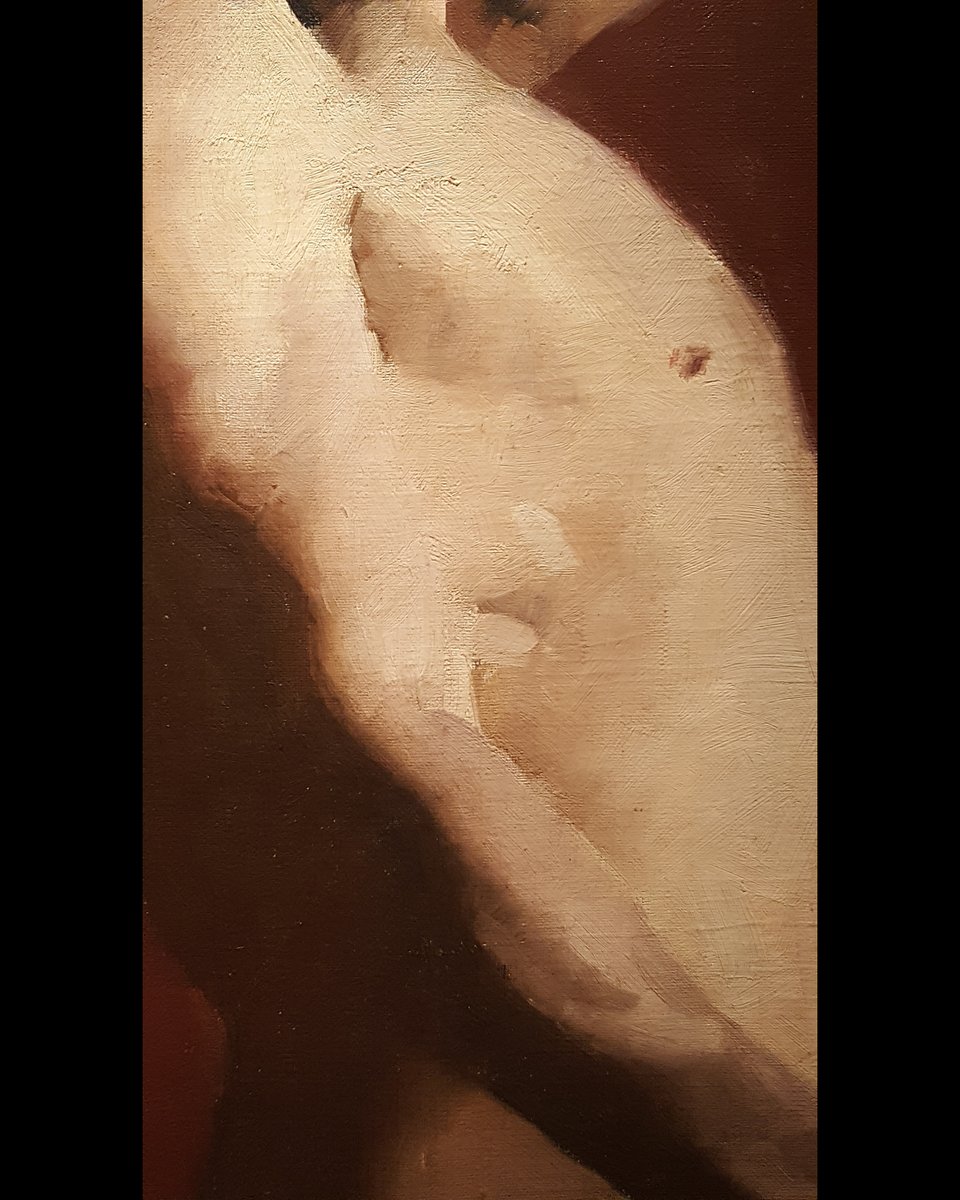
Concept Artist, Illustrator, and Teacher
Art school: https://t.co/dzSLJvVSE6
https://t.co/IaSGlZkUPq
https://t.co/dq7l5rZ2kJ
12 subscribers
How to get URL link on X (Twitter) App

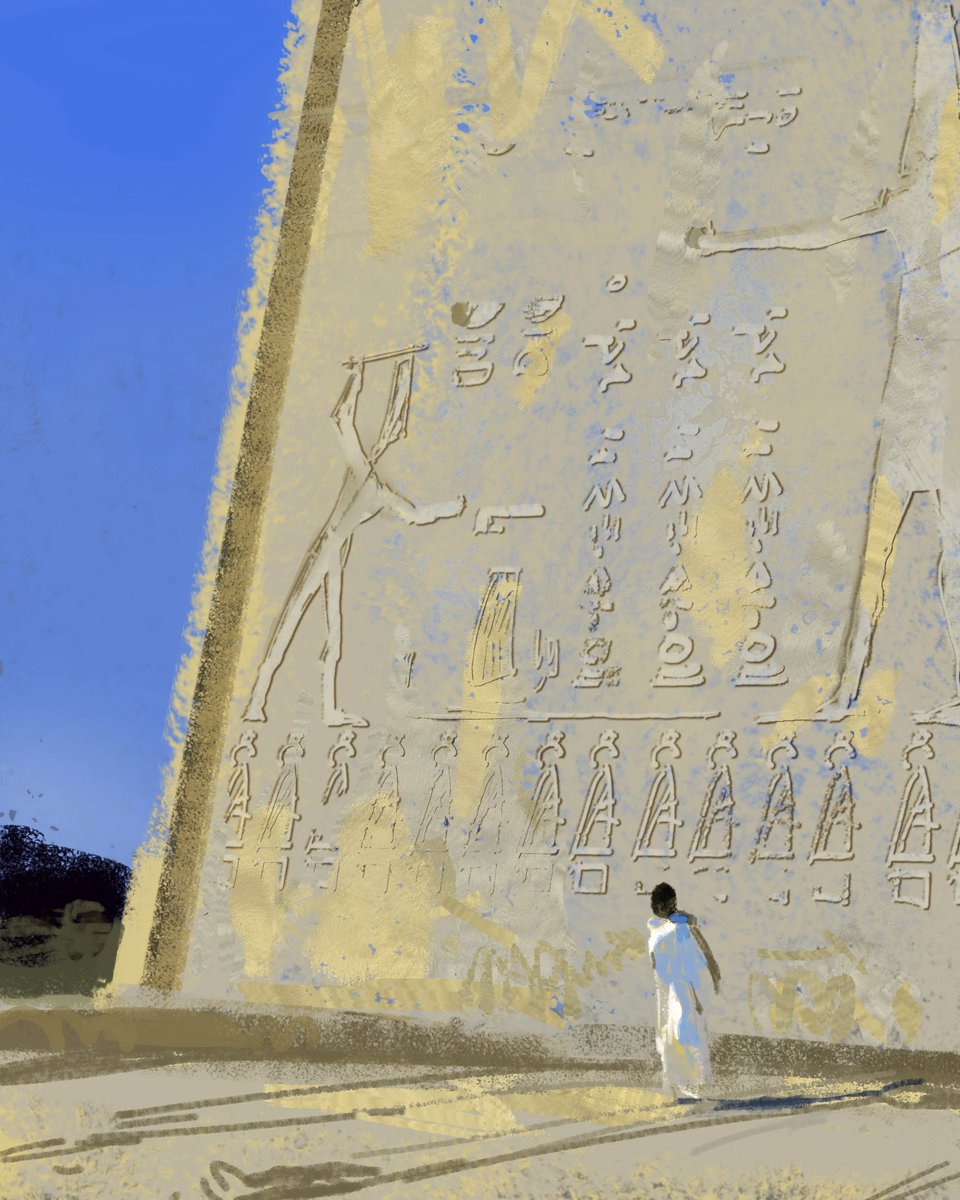

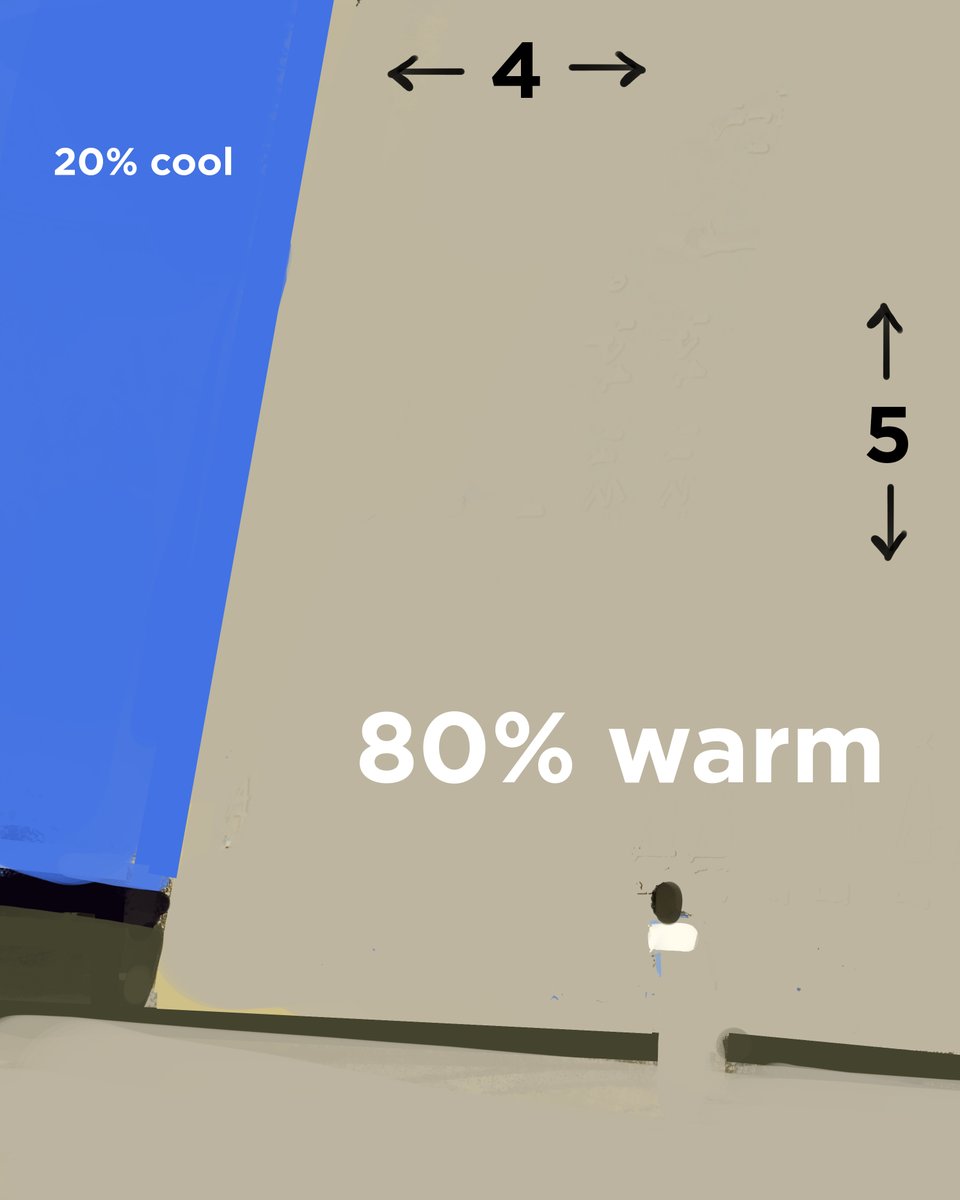 Overly rigid formulas using math is not a great way to learn composition, because it does not lead to listening and trusting yourself. Composition is design, and design is intuitive. Theory is just a possible explanation as to why something works, not a rule or a process.
Overly rigid formulas using math is not a great way to learn composition, because it does not lead to listening and trusting yourself. Composition is design, and design is intuitive. Theory is just a possible explanation as to why something works, not a rule or a process. 
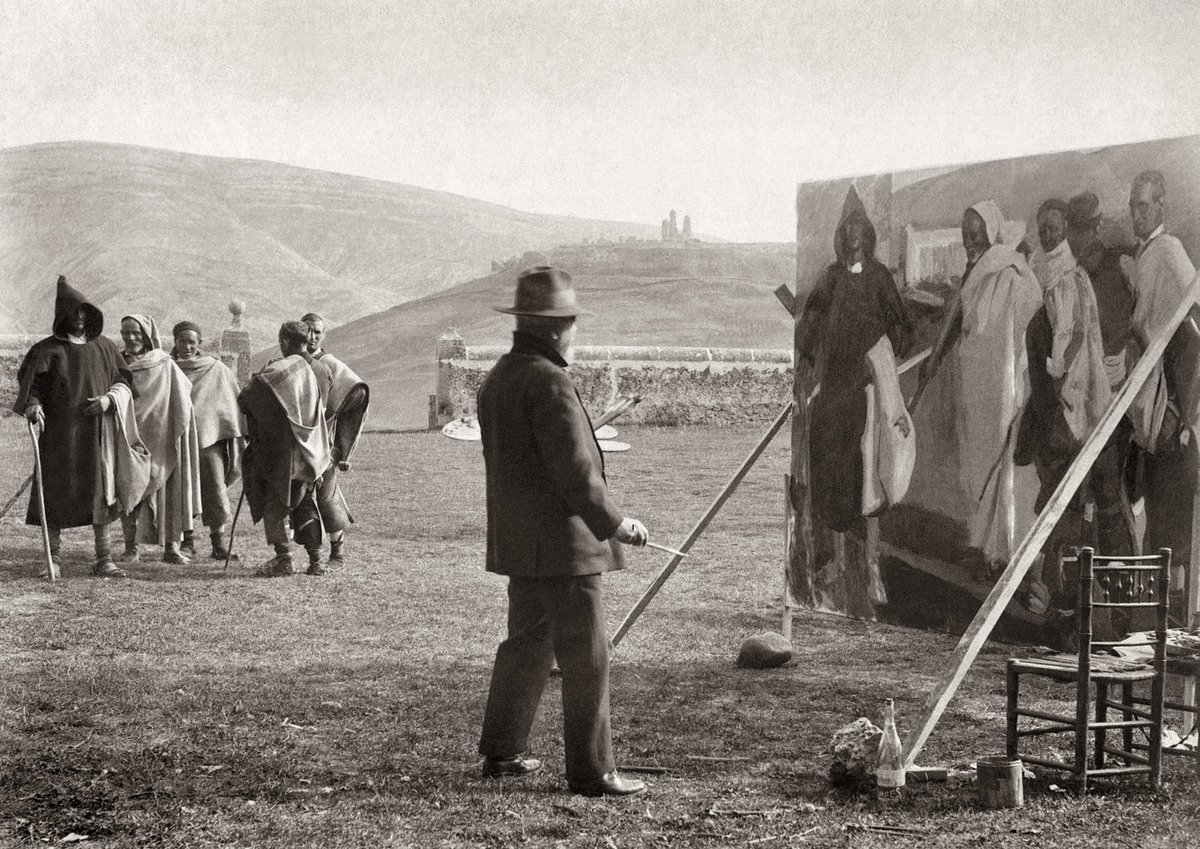

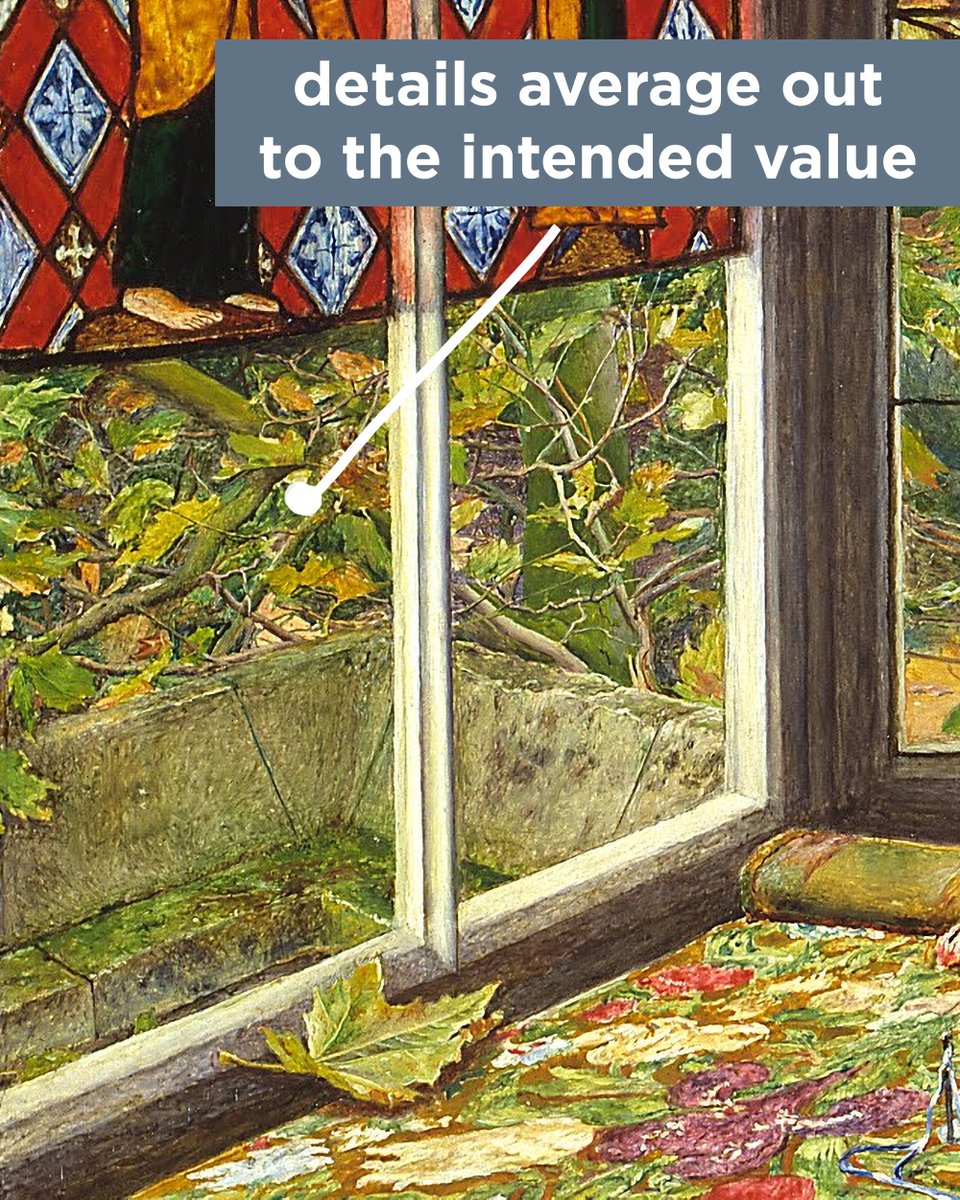

 Here’s one of my sketches compared to the finished version. They look very similar when viewed small. I’m trying to solve the biggest problems first, loose but accurately. By focusing on the big picture, the details will relate to the whole and not distract and weaken the picture
Here’s one of my sketches compared to the finished version. They look very similar when viewed small. I’m trying to solve the biggest problems first, loose but accurately. By focusing on the big picture, the details will relate to the whole and not distract and weaken the picture 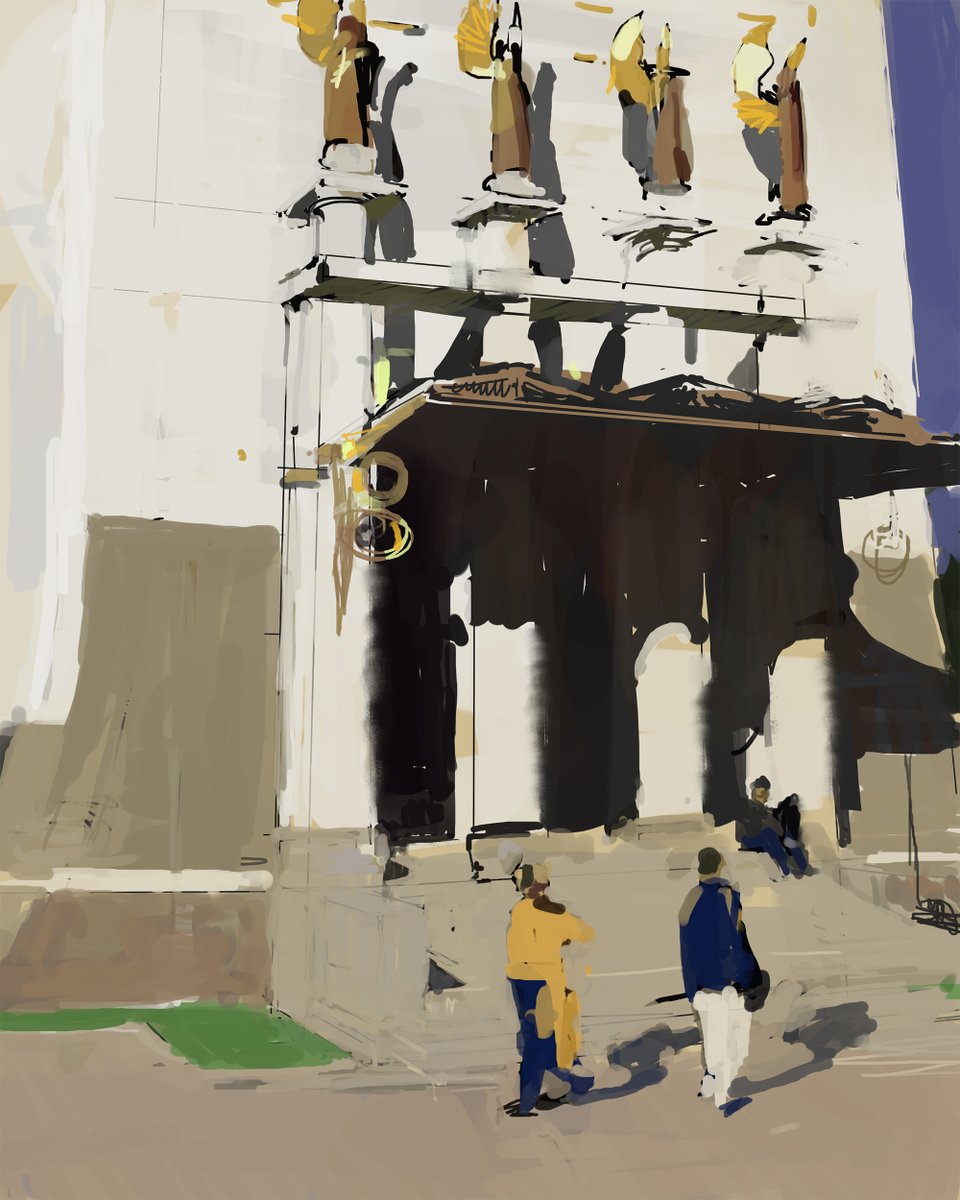

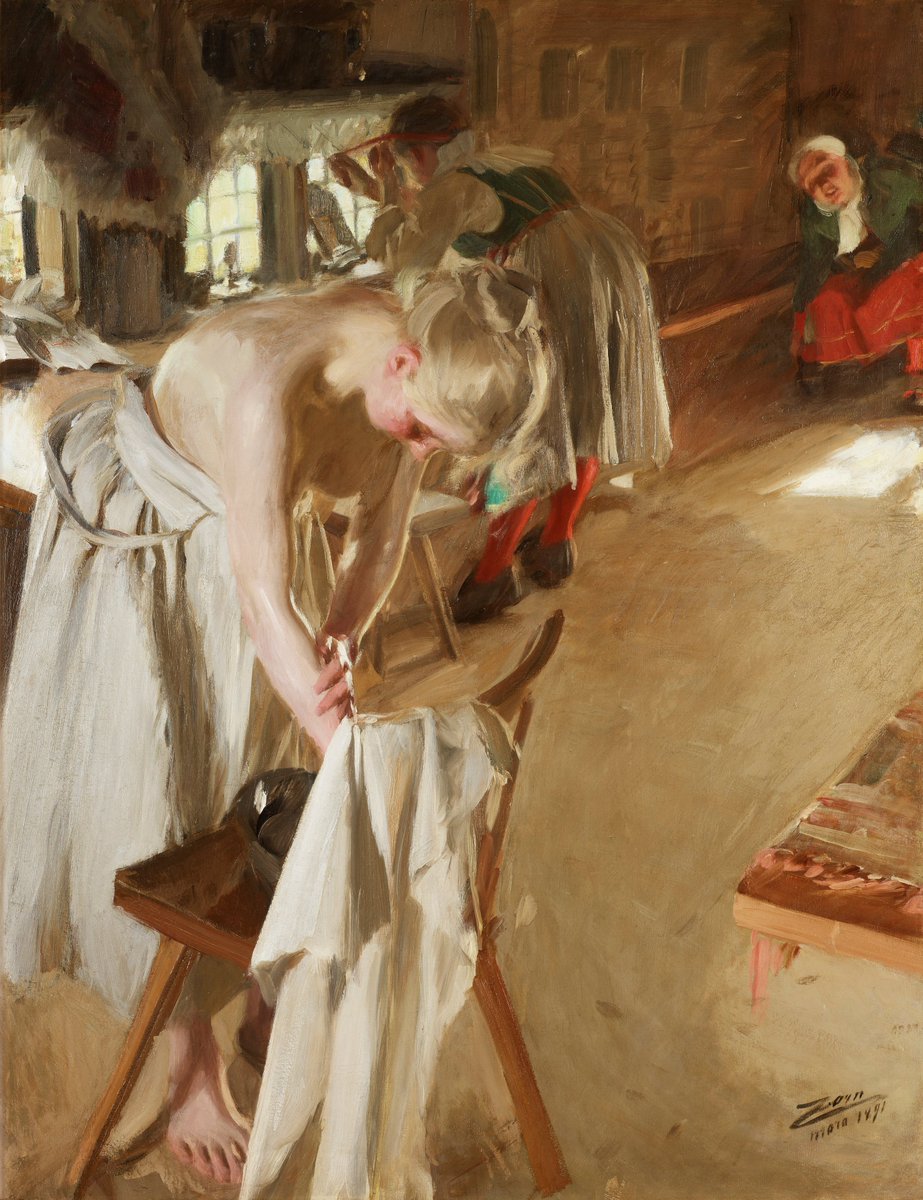

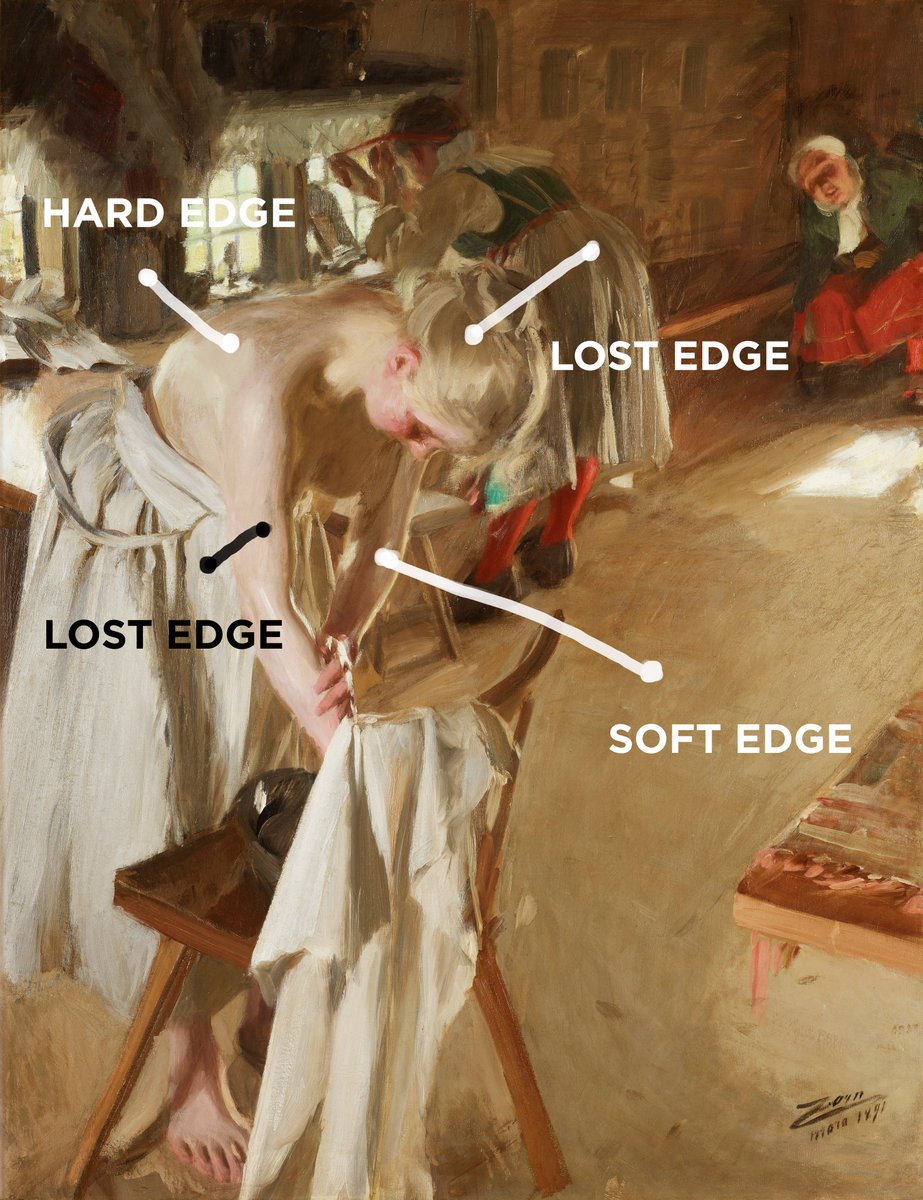 Notice how all of the detail in the painting is grouped into two main areas, an big area of complexity and interest, and a simple area to contrast and "activate" the complexity. If everything is detailed, then nothing is.
Notice how all of the detail in the painting is grouped into two main areas, an big area of complexity and interest, and a simple area to contrast and "activate" the complexity. If everything is detailed, then nothing is. 




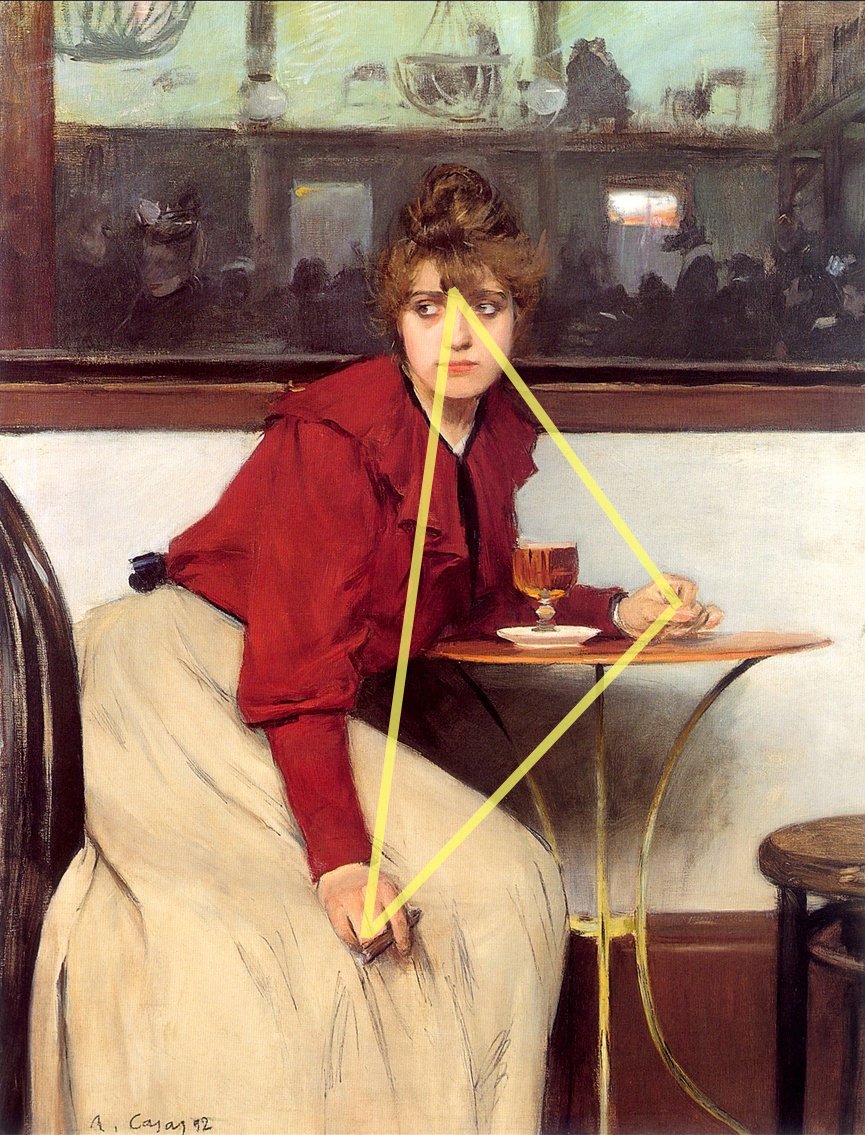 Will they restrict creativity? No, not as long as you know what they are for. Take music theory, it is great at analyzing how a Mozart symphony works, but it does not work at all as a step by step guide to writing an amazing piece of music.
Will they restrict creativity? No, not as long as you know what they are for. Take music theory, it is great at analyzing how a Mozart symphony works, but it does not work at all as a step by step guide to writing an amazing piece of music. 



 Its only when a scientific knowledge of how light reacts with materials is combined with an understanding of how to compress value based on what we see that this information can turn into simple building blocks that we can use to compose a picture.
Its only when a scientific knowledge of how light reacts with materials is combined with an understanding of how to compress value based on what we see that this information can turn into simple building blocks that we can use to compose a picture. 


 Let’s take a look at the compositions of Dean Cornwell. One of the most common tools is using a symmetrical triangle arrangement of focal points to convey stability. This first image conveys a stalemate or delicate balance of power with an inverted triangle...
Let’s take a look at the compositions of Dean Cornwell. One of the most common tools is using a symmetrical triangle arrangement of focal points to convey stability. This first image conveys a stalemate or delicate balance of power with an inverted triangle... 

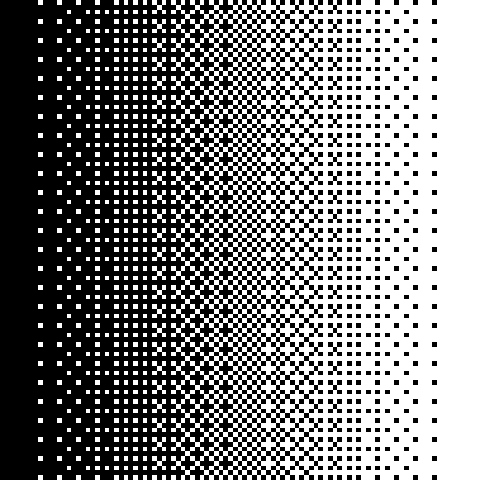

 Have you ever done a study of a painting and found yourself zooming in, only to zoom out and find that it was only getting worse? This is because of focusing on small differences too early. How do we even get started with all of these patterns and materials here?
Have you ever done a study of a painting and found yourself zooming in, only to zoom out and find that it was only getting worse? This is because of focusing on small differences too early. How do we even get started with all of these patterns and materials here? 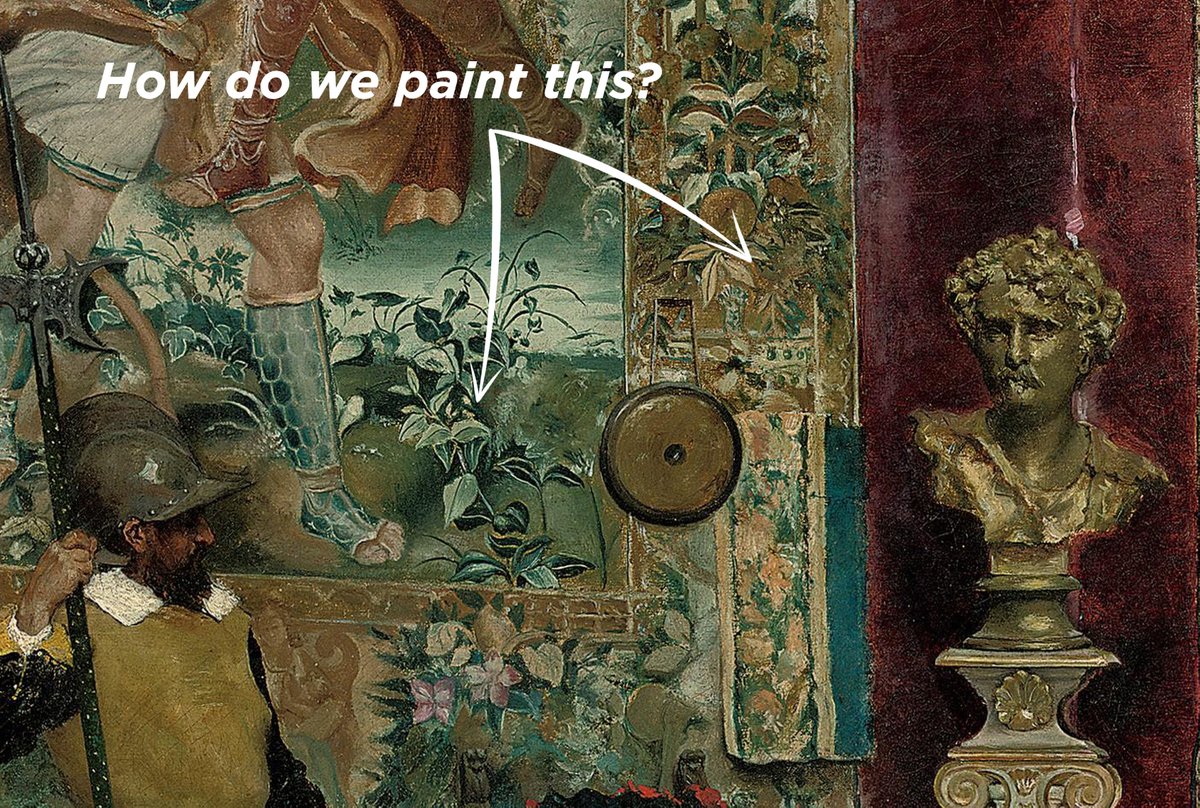


 Highlights like to hang out in corners because there are a lot of angle changes there, and therefore more chances for the light to be reflected back to your eye.
Highlights like to hang out in corners because there are a lot of angle changes there, and therefore more chances for the light to be reflected back to your eye. 




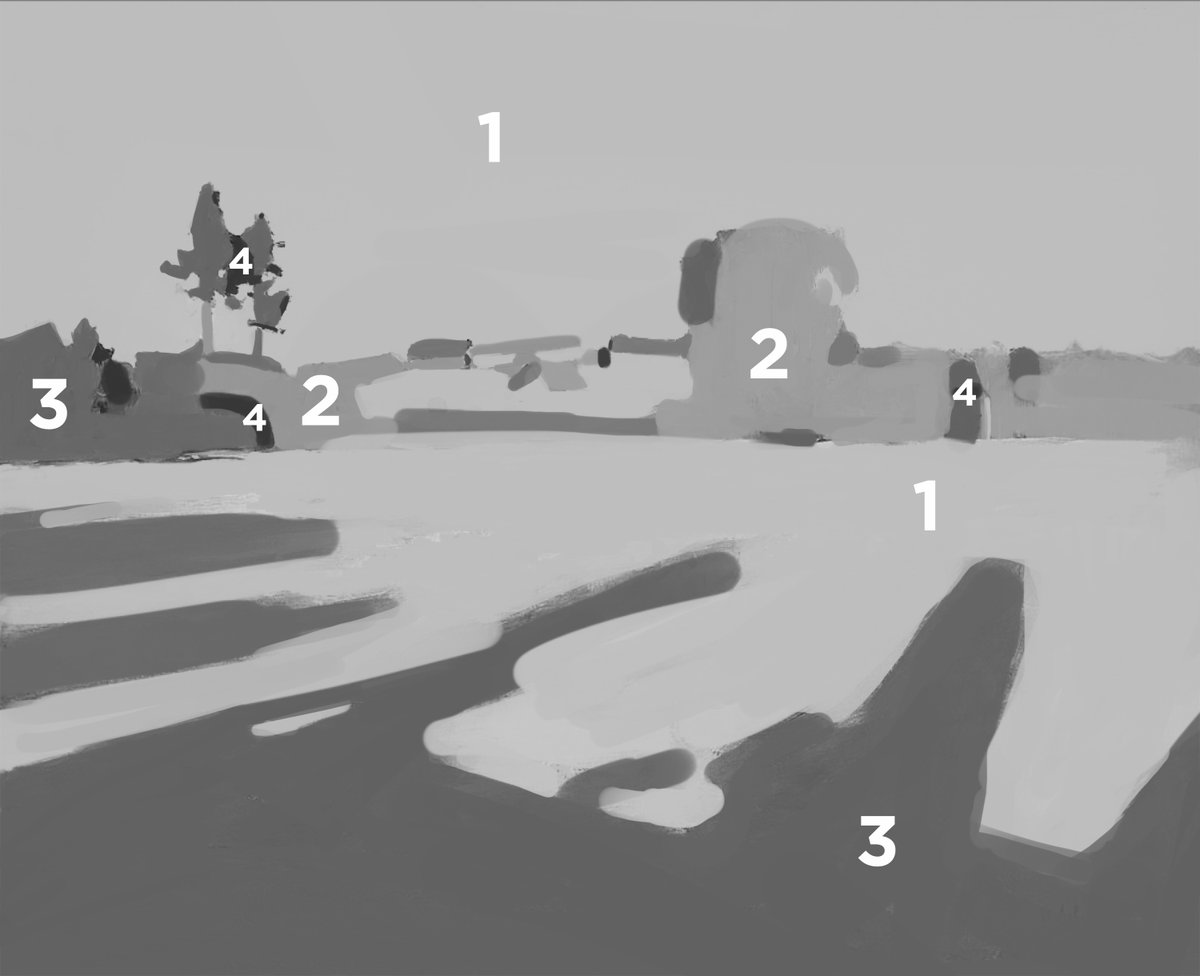 Values (and color, and edges, and drawing) are all about relationships. Let’s use this scene as an example. The cloud definitely reads against the sky, but it is just a temperature change, not a value change. We want to look for the big similarities and differences first.
Values (and color, and edges, and drawing) are all about relationships. Let’s use this scene as an example. The cloud definitely reads against the sky, but it is just a temperature change, not a value change. We want to look for the big similarities and differences first. 


 After we have our black and white study, then add temperature information on top. Don’t use layer modes like color or overlay, but rather paint directly and opaquely right on top. This will help us gain an understanding of how color relates to value.
After we have our black and white study, then add temperature information on top. Don’t use layer modes like color or overlay, but rather paint directly and opaquely right on top. This will help us gain an understanding of how color relates to value. 



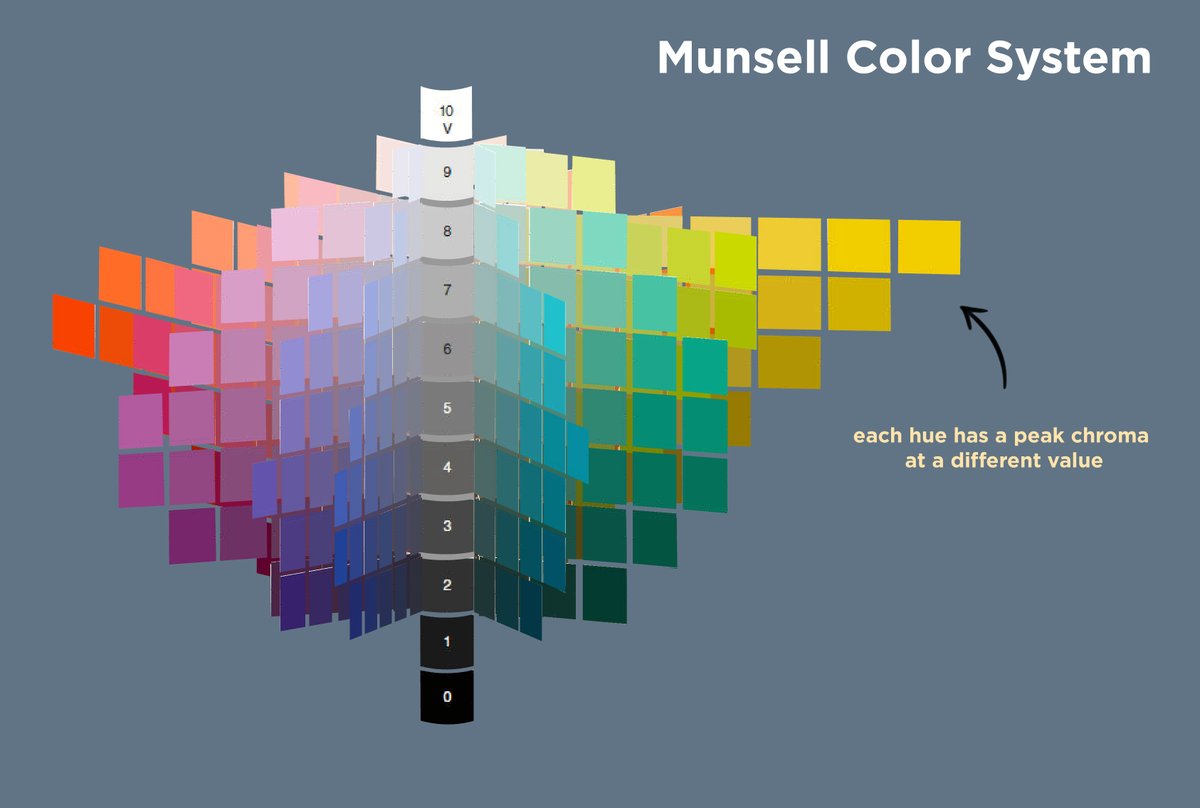 Chroma is distinct from, but related to, saturation. You can have a highly saturated yellow hue at a dark value. This would mean that it is a pure color, but at a low intensity. That color is not high chroma, because it appears brown and not what we would describe as yellow.
Chroma is distinct from, but related to, saturation. You can have a highly saturated yellow hue at a dark value. This would mean that it is a pure color, but at a low intensity. That color is not high chroma, because it appears brown and not what we would describe as yellow. 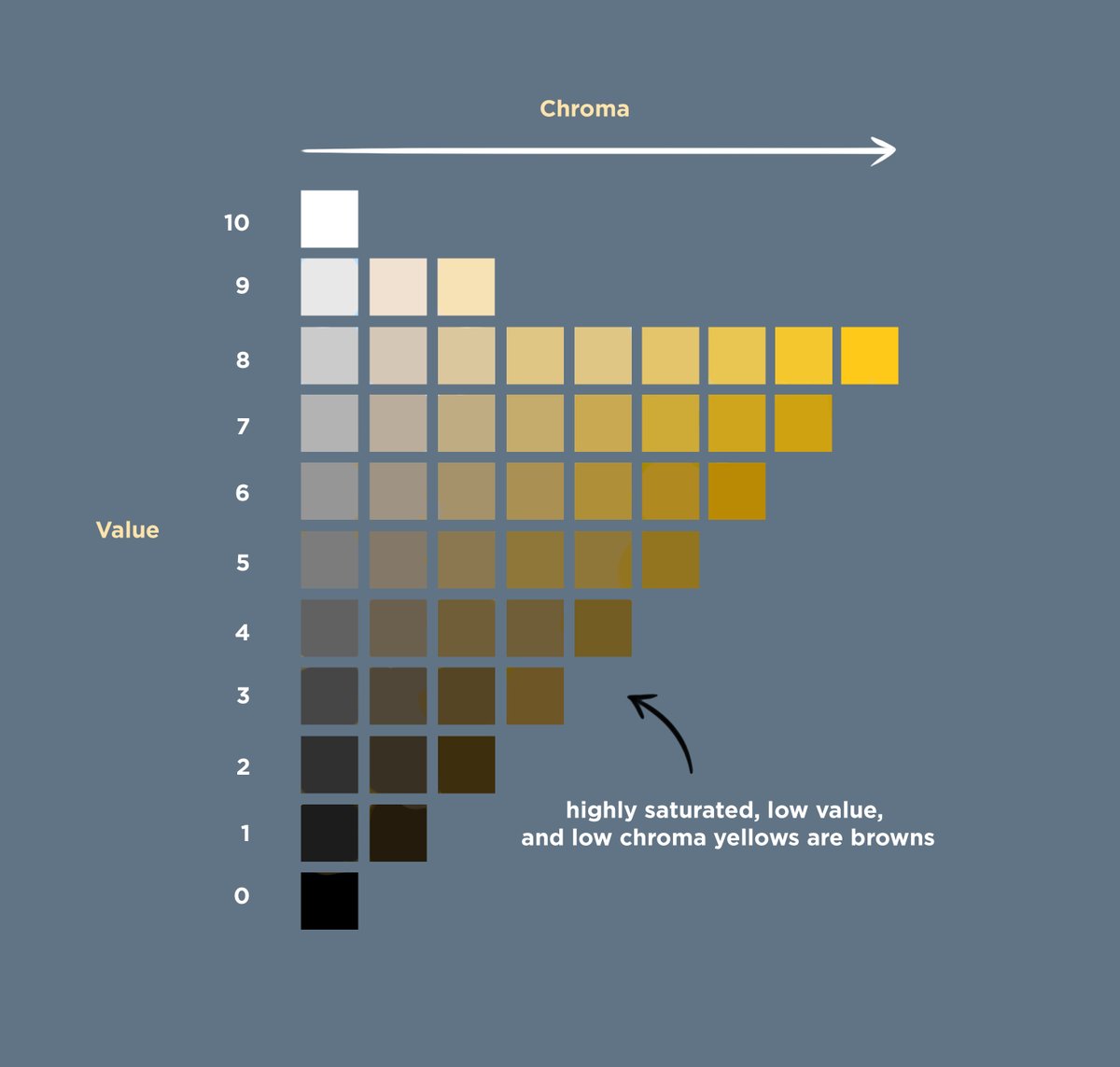
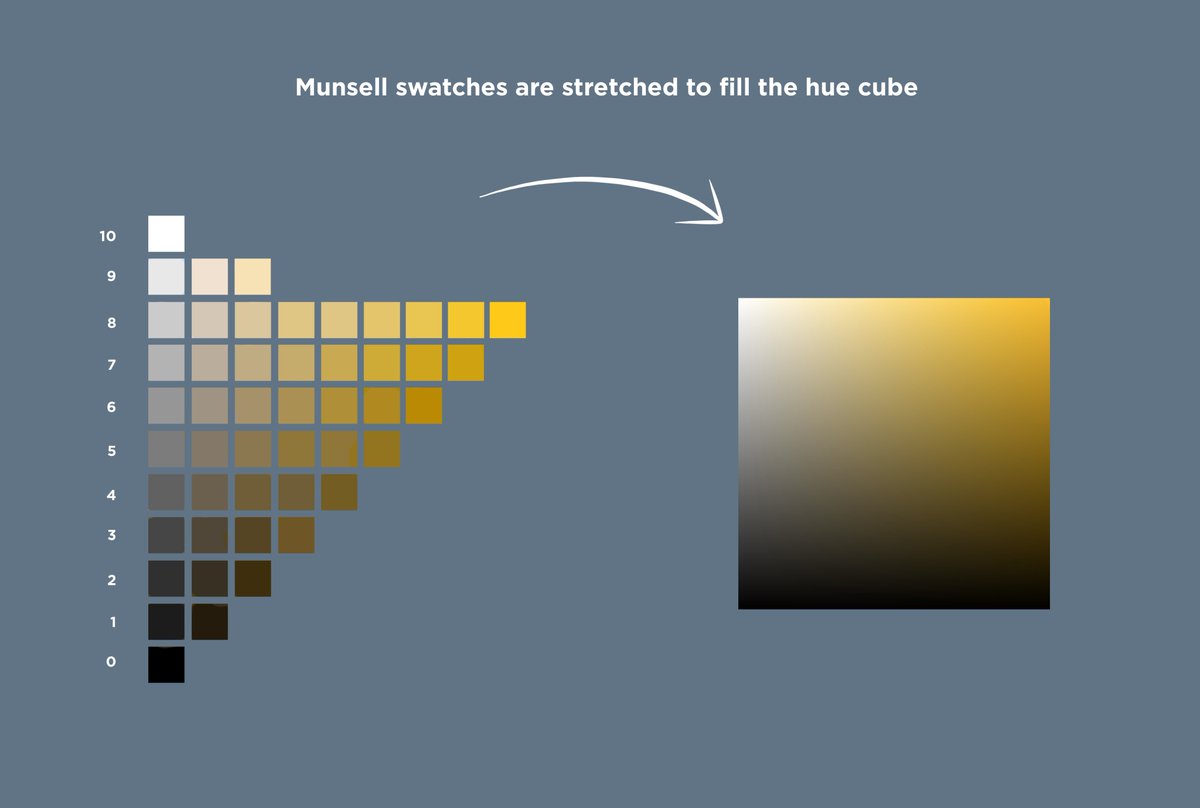


 First, materials. They all reflect the scene, just differently. Diffuse materials absorb/scatter some wavelengths beneath the surface while reflecting the rest, some metals reflect all of the light, and others are colored due to uneven absorption and emission by their electrons.
First, materials. They all reflect the scene, just differently. Diffuse materials absorb/scatter some wavelengths beneath the surface while reflecting the rest, some metals reflect all of the light, and others are colored due to uneven absorption and emission by their electrons. 


 Let’s start at the beginning with the basics in this thread. First, color is a 3D space that you could imagine yourself walking around in. We know this because there are 3 variables. If we plot only 2 of them, for example value and saturation, we can easily see that this is 2D.
Let’s start at the beginning with the basics in this thread. First, color is a 3D space that you could imagine yourself walking around in. We know this because there are 3 variables. If we plot only 2 of them, for example value and saturation, we can easily see that this is 2D. 

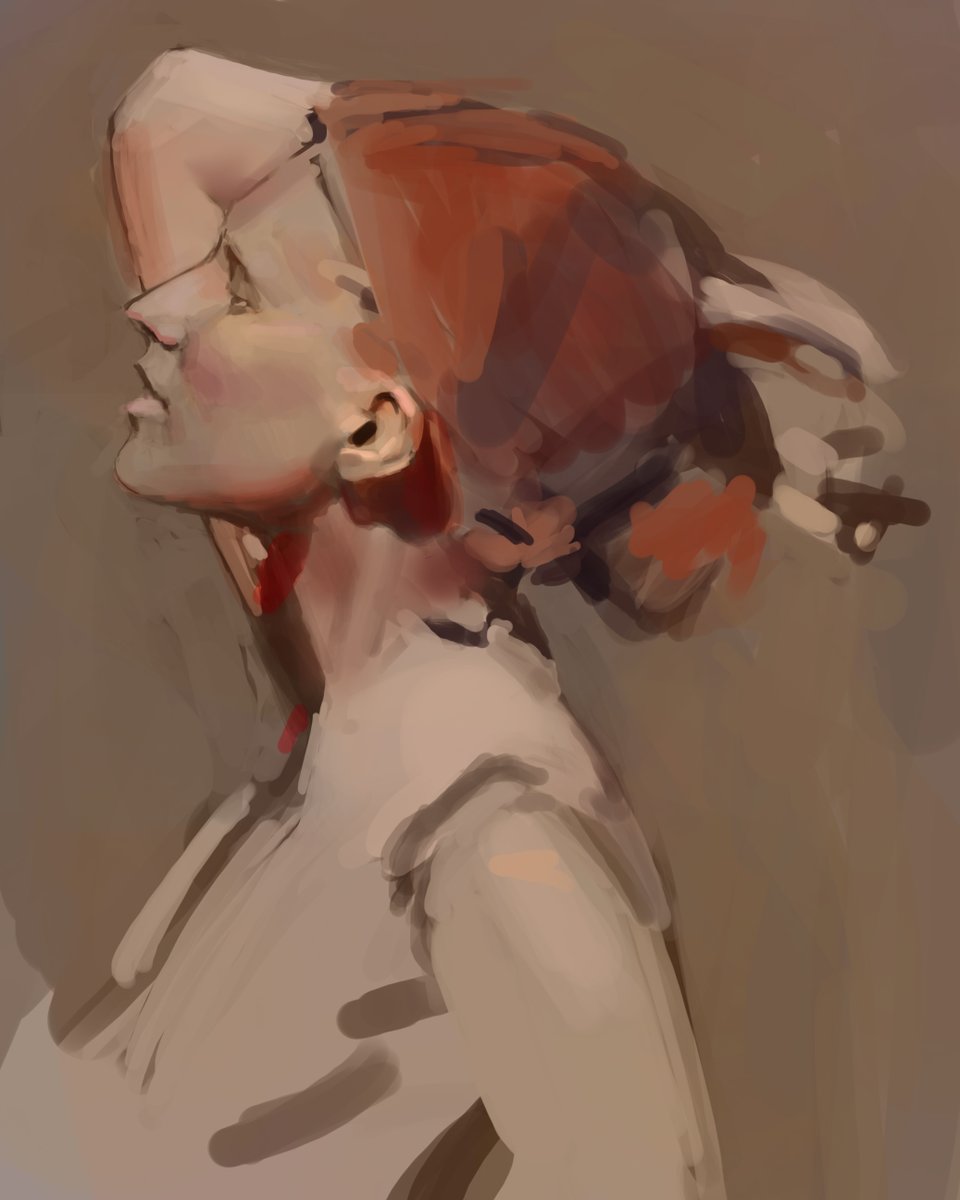


 By working every day, this narrative can take us places that we wouldn't have expected. By following this thread sincerely and without judgment, our work can take on a really interesting and personal quality.
By working every day, this narrative can take us places that we wouldn't have expected. By following this thread sincerely and without judgment, our work can take on a really interesting and personal quality. 



 Drawing has nothing to do with any particular medium or style, so when we practice our drawing, we are practicing all of the topics that fall under that umbrella: perspective, anatomy, structure, how light falls on a subject, the value of each plane in relation to the light, etc.
Drawing has nothing to do with any particular medium or style, so when we practice our drawing, we are practicing all of the topics that fall under that umbrella: perspective, anatomy, structure, how light falls on a subject, the value of each plane in relation to the light, etc. 

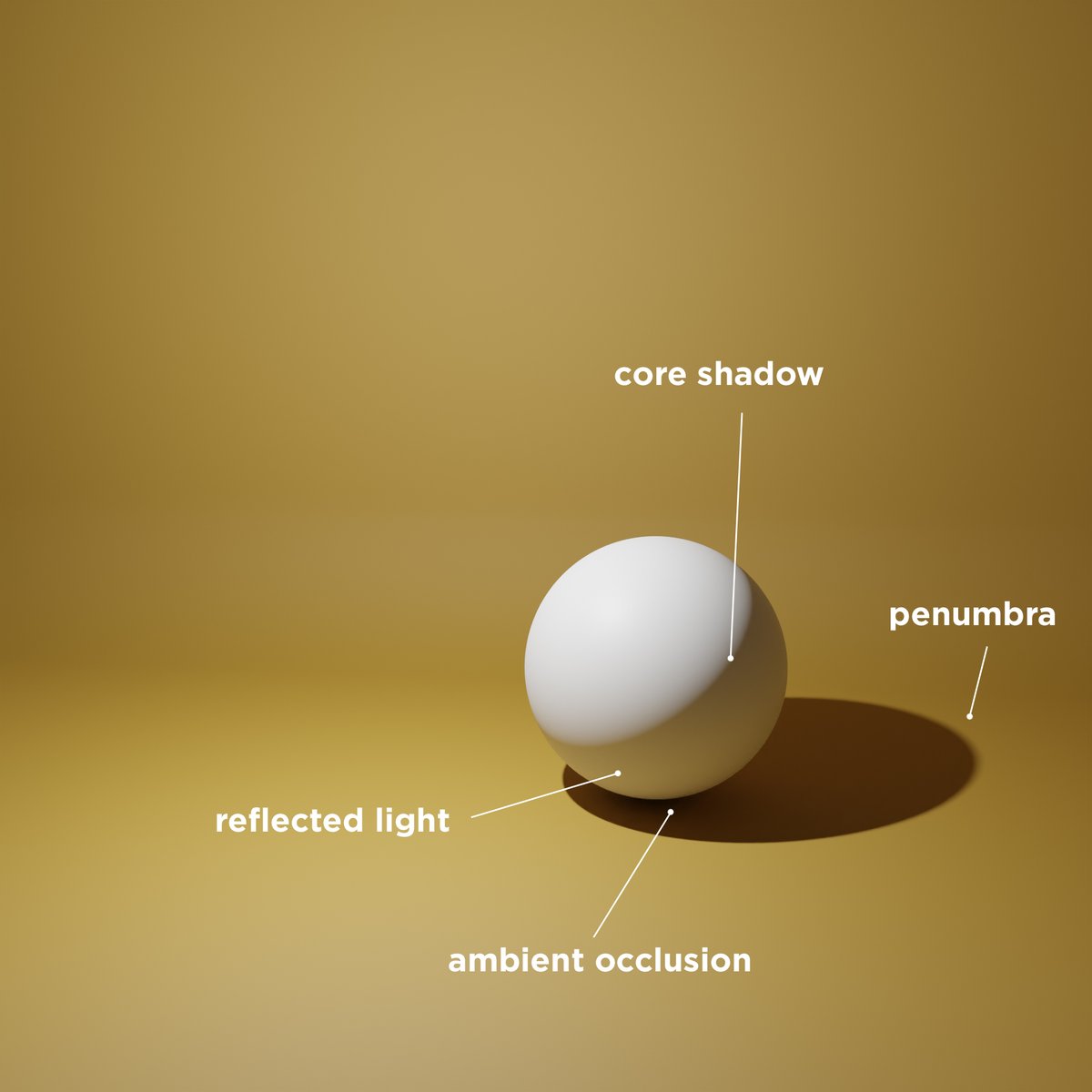

 I remember being very confused about core shadows - often I’d not be able to see them at all. I’d paint them in and it would look wrong and I wouldn’t know why. They are a useful tool to show form, but they happen under specific circumstances. Where are the core shadows here?
I remember being very confused about core shadows - often I’d not be able to see them at all. I’d paint them in and it would look wrong and I wouldn’t know why. They are a useful tool to show form, but they happen under specific circumstances. Where are the core shadows here? 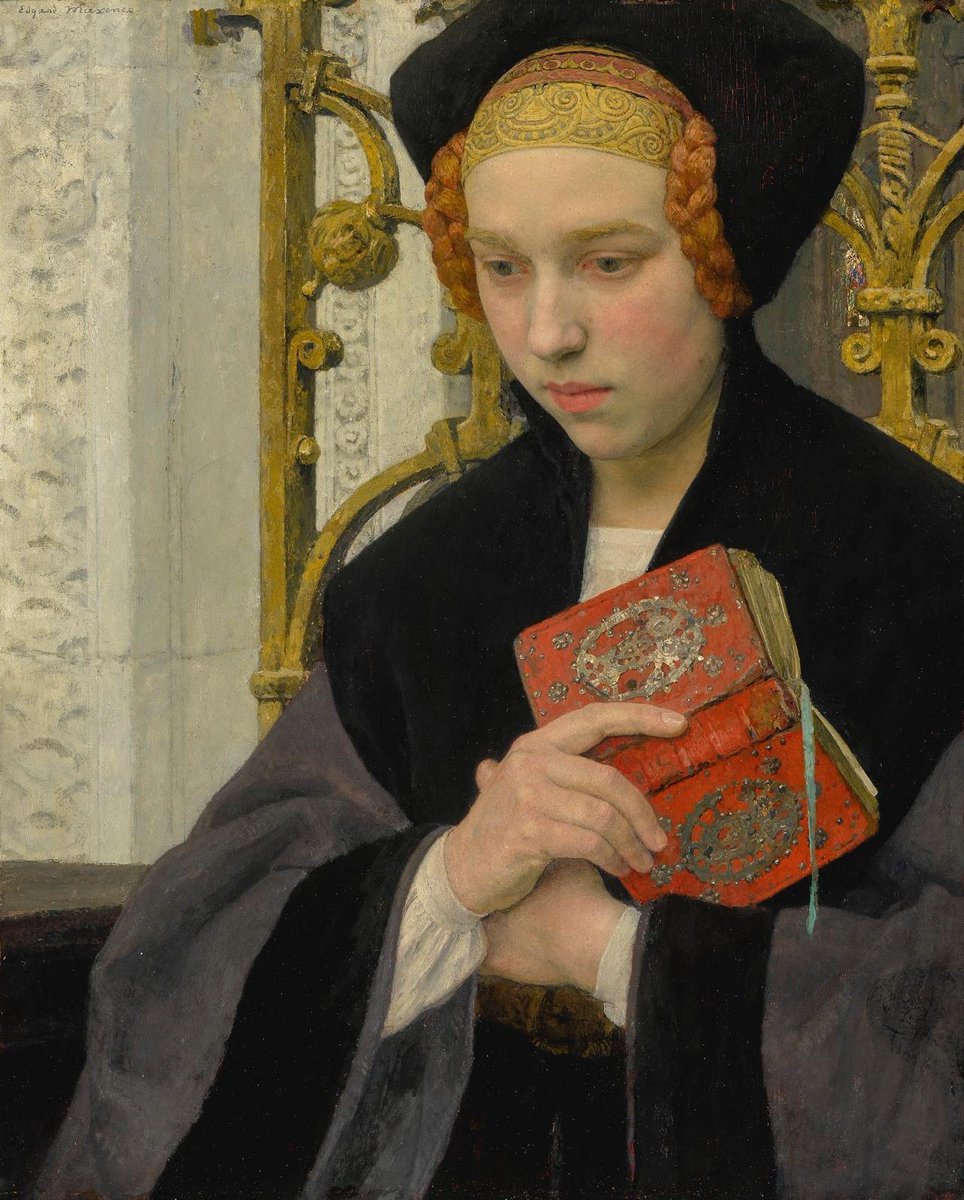
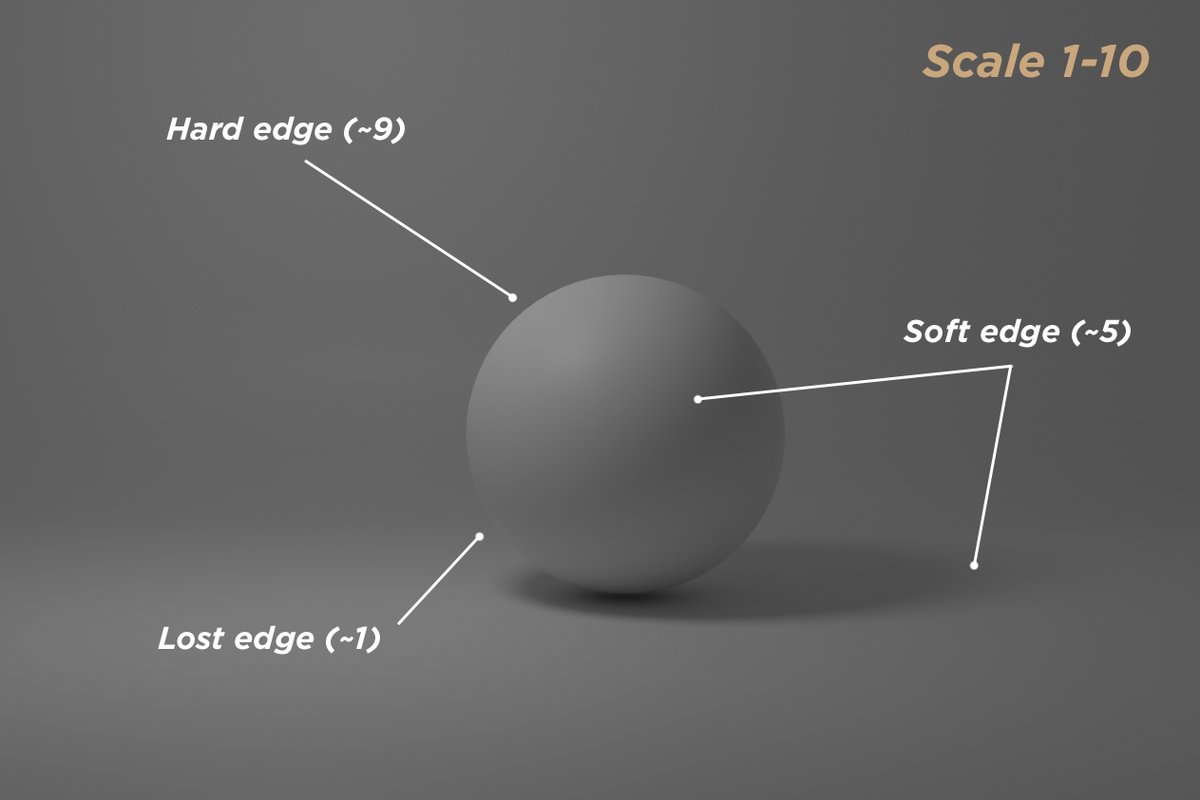

 1. Where very similar values meet, it feels like a soft edge, and this can be accentuated to what is known as a “lost edge.” Edges are strongly related to value! Notice in this Sargent how the dark values get lost into the shadow entirely and how the arm gets lost into the torso.
1. Where very similar values meet, it feels like a soft edge, and this can be accentuated to what is known as a “lost edge.” Edges are strongly related to value! Notice in this Sargent how the dark values get lost into the shadow entirely and how the arm gets lost into the torso. 